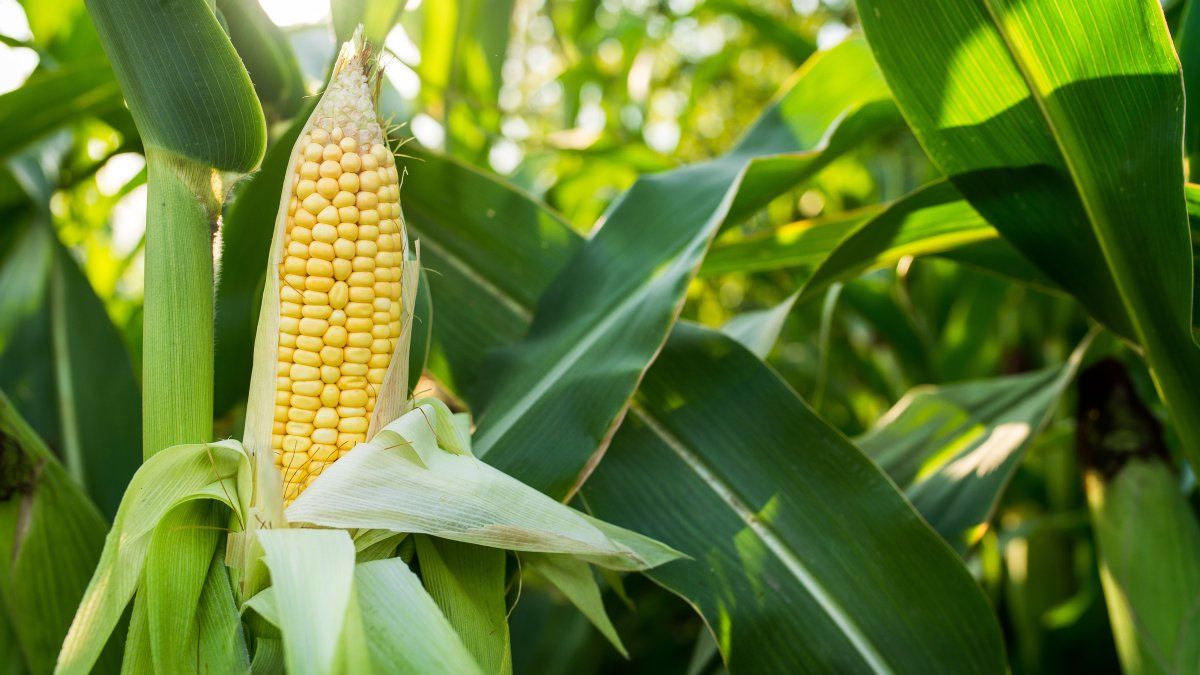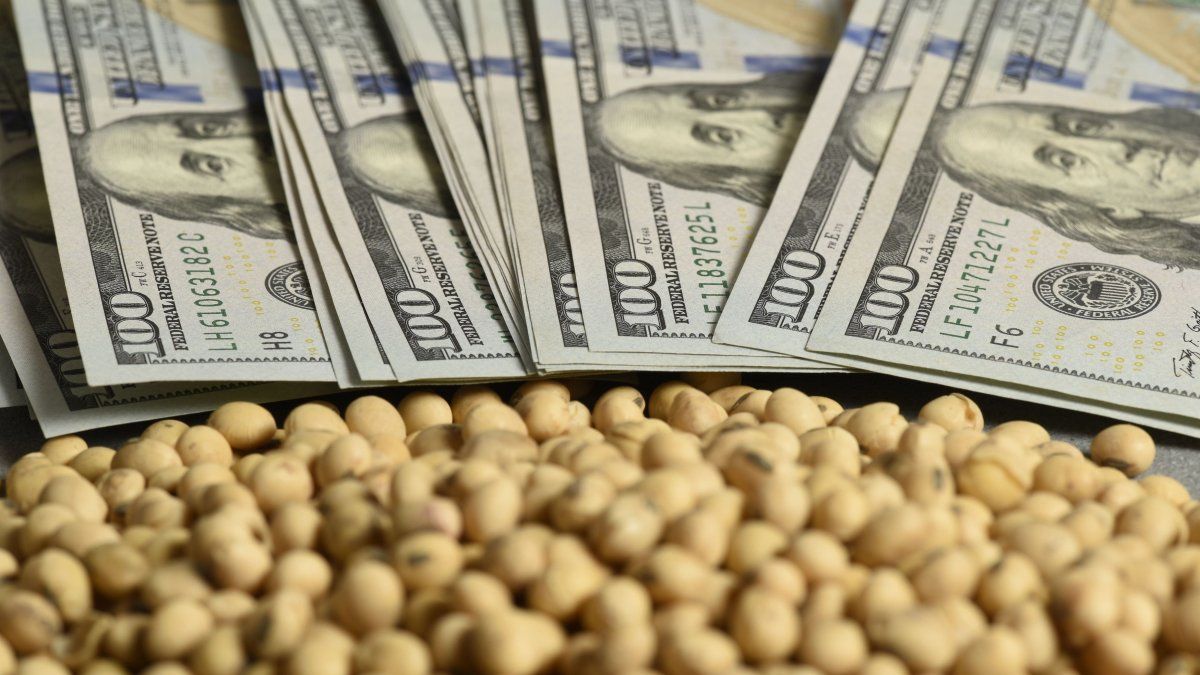The campaign of corn 2024/25 will be remembered as one of the most complex in recent times. The adverse climatic conditions, marked by the lack of rain and high temperatures, added to the strategies around diseases linked to stunting, caused a drop in production estimated at 4 million tons nationwide.leaving a total of approximately 48 million tons.
This setback not only affects agricultural exports—corn is one of the main exported products—but also hits the domestic market, where the crop plays a key role in animal feed and the food industry.
Beyond climate issues, we must not forget that in the sowing of the current campaign there was a lot of uncertainty due to the dalbulus maidis (the leafhopper), which caused a decrease in the intention to implement it by 24% compared to the 2023/24 cycle. This strategy promoted early planting, which makes the impact of the lack of water even greater. This year, less late corn was planted, because it was the most affected last year by spiroplasma and other diseases linked to the leafhopper, but the trap came from the weather, which strongly affected the early plantings that suffer during part of December and January. to a greater extent the lack of rain.
We are facing an environment of low productivity, where the national average yield is 73.6 qq/ha. which makes the scenario discouraging. According to the stock exchange entity, “the possibility of sustaining production will depend on the rains and the development that the corn from late plantings manages to achieve and the impact that plantings after December 15 have due to spiroplasma.”
Leafhopper control
So far there is no significant presence of leafhopper in the center of the country, although the presence of the pest was detected in Chaco and Santiago del Estero, where early control applications are being made in the crop.
In this sense, it is important to remember that the latest report from the National Dalbulus maidis Monitoring Network, which surveyed sticky traps in 409 locations in the country between December 22 and January 7, 2025, presented mixed results. According to the Maize and Sorghum Association (MAIZAR), “although an increase in populations is expected at this time, especially in endemic areas, in the NOA region – the most affected last season – it is observed that the The plague did not grow and even decreased compared to the previous weeks. The data correlates with the management of the volunteer corn (“guachos”), the monitoring and the timely controls that were carried out.”
leafhopper corn
Reuters
The report adds that “on the contrary, in the NEA, where many volunteer corn fields were not eliminated, a growth in Dalbulus maidis populations is observed. Localities with high values are also recorded on the Coast, corresponding to areas with corn that are in the final phase of cultivation, planted in September/October with low or no presence of leafhoppers, and that today have plants that have passed the critical susceptible stage. . Meanwhile, in the corn-growing regions par excellence, the North Center and South Center, the absence of the pest is practically total. However, given the environmental conditions, it is crucial to intensify monitoring.”
Productive panorama in Córdoba and Santa Fe
Despite the adverse conditions, provinces such as Córdoba and Santa Fe managed to adapt better and continue to offer encouraging results. As for the first, that is where the crop is best but rain is needed in the next few days to sustain the high level of yields, which for now are around 87.5 qq/ha.
As highlighted in the latest report from the GEA network of the Rosario Stock Exchange, “in Buenos Aires, and the south of Santa Fe, agronomists are surprised by the speed with which the leaves dried, even above the height of the spike. The deterioration was very rapid. Expectations for the north and center of Buenos Aires fell sharply, while very good results are still expected in the yields in the south of the province. In this way, an average of 72.3 qq/ha is estimated for Buenos Aires.”
In Santa Fe, the damage is not so important, for the moment, and a provincial average of 78.3 qq/ha is estimated. Corn is going through the first stages in Chaco and Santiago, although numerous plots could not be planted due to lack of water, a situation that could change for the weekend.
Rains for the weekend
The lack of precipitation is evident throughout the central area. It happens that since the second half of December began, practically no water falls were recorded. This behavior worsened in the northern area of Buenos Aires and began to affect the crops planted in a large portion of the Pampas region.
In addition, corn is experiencing heat stroke these days with very low relative humidity. According to the Rosario stock market, “it is a very bad sign that anticipates that the next rains would not leave the necessary millimeters. As the days go by, the cold front that is long awaited due to the rains is confirmed, but the forecasts assure that they would be very moderate accumulations in the center of the country.”
“Unfortunately, extreme temperatures, low relative humidity, days of continuous winds and radiation with extreme watt values have been negatively aligned at the most critical moment for first-grade corn, especially for corn planted in the second half of October” .
The expectation is placed on the rains in the coming days, which may serve to stop the deterioration of crops. 4 million tons have already been lost due to lack of water, but the game for corn is not over yet.
Source: Ambito
David William is a talented author who has made a name for himself in the world of writing. He is a professional author who writes on a wide range of topics, from general interest to opinion news. David is currently working as a writer at 24 hours worlds where he brings his unique perspective and in-depth research to his articles, making them both informative and engaging.




